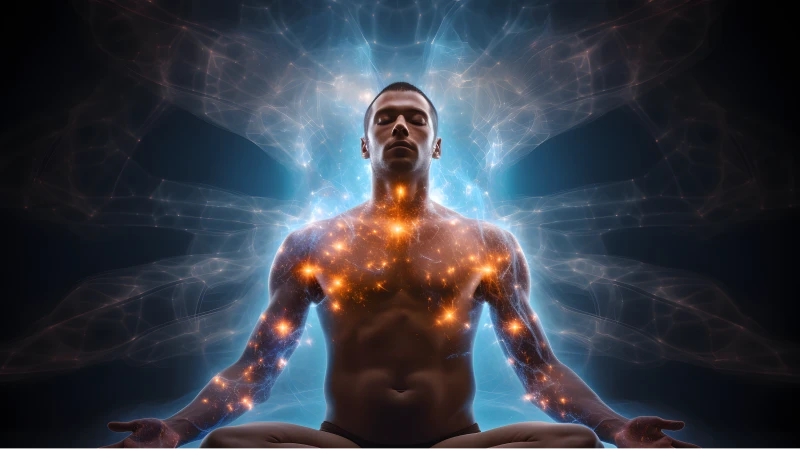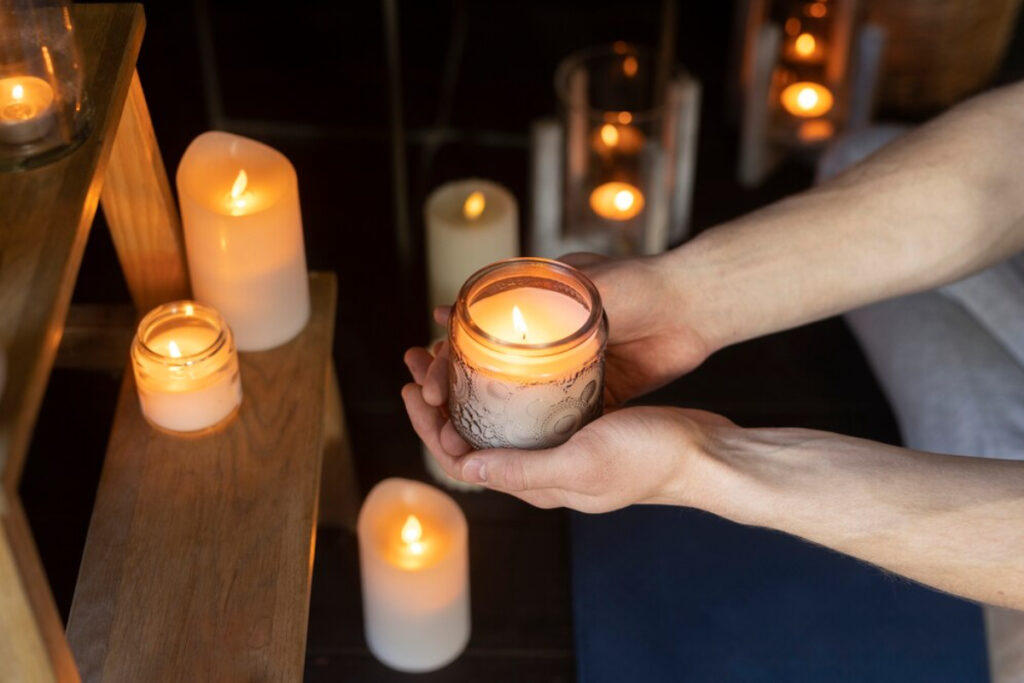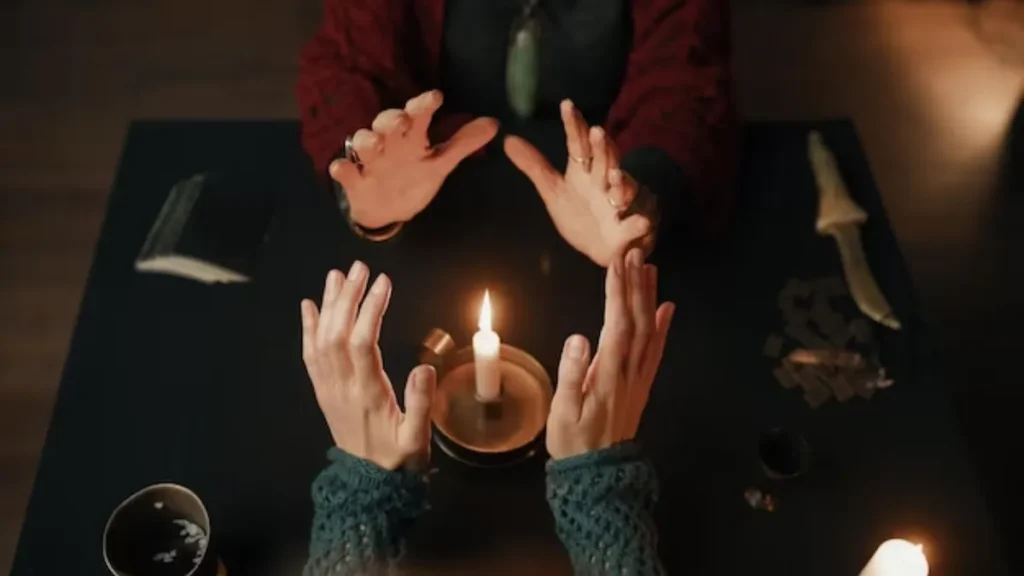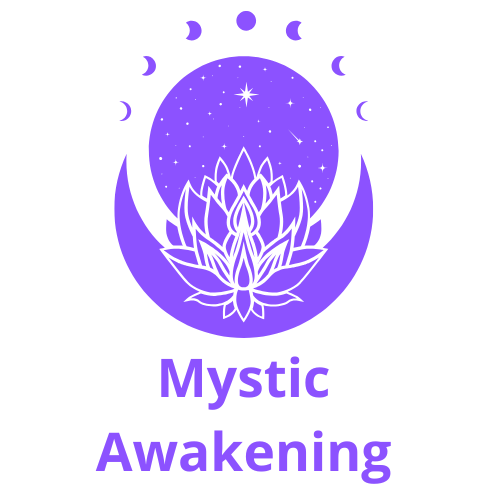
Energy Drains: 10 Mistakes in Holistic Rituals

In today's fast-paced world, many are turning to holistic rituals as a way to restore balance and harness inner strength. However, when these practices are not executed correctly, they can inadvertently drain your energy instead of rejuvenating it. Have you ever felt more exhausted after a ritual that promised renewal? In this article, we explore 10 common mistakes in holistic rituals that can act as genuine energy drains. From poor preparation and unclear intentions to overcomplicated symbolism and ignoring natural cycles, we offer insights and practical strategies to transform your rituals into powerful practices that empower and revitalize you.
Mistake 1: Inadequate Preparation and Grounding
Many practitioners jump into holistic rituals without proper preparation, often neglecting the critical step of grounding. This oversight not only disrupts the intended flow of the ritual but also creates unresolved energetic imbalances. Proper grounding connects you to the earth, stabilizing your energy and establishing a solid foundation for any spiritual practice.
Without adequate planning, you might find yourself in a state of inner chaos instead of centered calm. This mistake becomes especially risky in complex rituals that demand mental clarity and focus. Skipping preparatory activities such as meditation or mindful breathing can result in energy dispersing into stress and anxiety rather than aligning with your intentions.
A well-prepared approach includes reviewing every component of the ritual, setting aside dedicated time, and ensuring your space is clean and free from distractions. Research in mindfulness shows that environments specifically arranged for peace and focus boost energetic alignment. In contrast, an unprepared mind is prone to distraction and misalignment, ultimately making the ritual counterproductive. View preparation as an essential investment in your spiritual wellbeing.
Mistake 2: Lack of Intent and Clarity in Ritual Design
A common pitfall in holistic rituals is the absence of clear intention. Without having a defined objective, the ritual can degenerate into a series of disconnected actions rather than a cohesive, energizing experience. Your intent acts as a compass, guiding every step and ensuring that each element is aligned with a meaningful goal.
When intent is vague or absent, the ritual risks becoming a hollow routine. Many believe that simply going through the motions will automatically generate a positive energetic response. However, without clarity, the ritual may inadvertently open channels for negative energy, ultimately draining your vitality instead of enhancing it.

Consider the act of lighting candles during a ritual. Without a deliberate purpose behind this gesture, it becomes merely ceremonial. In contrast, when candle lighting is imbued with a clear intention—such as inviting positive energy or dispelling negativity—it transforms into a potent component of the ritual. Energetic healing communities consistently emphasize that setting a defined intention is indispensable, much like a rudder that prevents a ship from drifting aimlessly.
Mistake 3: Overcomplication and Misuse of Symbolism
Symbolism is an important aspect of many rituals, but overloading your ritual with too many symbolic elements can be counterproductive. When you add excessive layers of symbolism, it can confuse the energy pathways and create conflict, weakening the overall impact. Remember, more is not always better when it comes to symbolism.
The modern trend of incorporating multiple symbolic actions into a single session often leads to cognitive overload. Each symbol might carry its own meaning, yet together they can dilute the energy, leaving you feeling more drained than empowered.
For example, combining crystals, incense, and elaborate chants in one ritual may generate what some spiritual practitioners call 'energetic noise.' Studies in ritual psychology reveal that a focused and clear approach to symbolism better maintains energetic frequency and enhances the ritual’s transformative effects. Simplifying your ritual by sticking to a few strong symbols may yield more powerful and aligned results.
Mistake 4: Ignoring Energetic Boundaries and Natural Cycles
One of the most overlooked errors is the failure to respect energetic boundaries—both personal and environmental. When you ignore these invisible lines, the effects can range from mild fatigue to profound emotional overwhelm. Setting clear energetic boundaries before beginning any ritual is essential for maintaining balance.
For instance, performing rituals without considering natural cycles like the lunar phases or seasonal changes can disrupt the intended energetic flow. Many traditional practices are timed with these natural rhythms to maximize their effectiveness. Ignoring such cycles not only misaligns your energy but also conflicts with the universe’s inherent flow.
By establishing boundaries, you protect your personal energy from external disruptions. This means being mindful of your surroundings and ensuring that you have the physical and mental space needed for the ritual. Spiritual mentors often highlight that aligning with nature’s cycles is a time-honored method for maintaining positive and sustained energy.

Mistake 5: Failing to Integrate Recovery Techniques and Self-Care
Post-ritual self-care is a critical, yet frequently overlooked component of holistic practice. Many practitioners complete their rituals only to feel a significant drop in energy in the days that follow. Energy recovery is vital in reinforcing the benefits of your ritual and preventing ongoing fatigue.
Skipping recovery practices can lead to a sudden and unhealthy shift in energy, leaving you feeling depleted. It is important to incorporate practices such as reflective journaling, mindful hydration, and restorative meditation after a ritual. These techniques help to anchor the positive energies and dispel any negative remnants.
For example, consider implementing a post-ritual cooldown session—be it a gentle guided meditation or light stretching—to encourage energy rebalancing. Many experts in holistic health argue that rituals are most effective when complemented with dedicated self-care. Embracing recovery as a core component of your practice can help you maintain high vibrational energy and sustain the benefits of your spiritual endeavors.
Mistake 6: Neglecting the Importance of Ritual Space and Ambience
The environment in which you perform your ritual plays a significant role in its outcome. A chaotic, cluttered, or unclean space can send confusing signals to your subconscious, becoming an inadvertent energy drain. The ambience of your space should support and enhance your intentions.
Creating the right environment involves more than just physical tidiness—it also means cleansing the space energetically. Methods such as smudging with sage or palo santo can clear out unwanted energies. A well-arranged space featuring soft lighting and minimal distractions can significantly amplify the positive energy of your ritual.
For many practitioners, having a dedicated ritual space is a sign of commitment to their spiritual practice. Research in environmental psychology supports the idea that a harmonious setting can greatly influence emotional and energetic well-being. Therefore, investing time in curating a tranquil space is a simple yet effective way to avoid unnecessary energy loss.
Mistake 7: Overdependence on External Objects and Tools
While talismans, crystals, and other ritual tools can enhance your practice, relying too much on external objects may cause you to overlook the power within yourself. The focus should be on your internal energy and intention rather than on material aids. The true power lies within you.
Many practitioners mistakenly believe that a ritual will fail without a specific object, but the strength of your focused energy is what truly catalyzes transformation. Relying solely on external items can shift the focus away from your inner resources.

To maintain balance, try incorporating rituals that depend only on your mental focus and internal strength. This practice deepens your connection with your inner self and reinforces self-empowerment. Research in complementary medicine shows that self-belief and internal focus significantly enhance the efficacy of ritual practices. Use external tools as enhancers rather than the core of your practice.
Mistake 8: Rushing Through the Process Without Adequate Reflection
In a culture that values speed, it can be tempting to rush through holistic rituals. However, haste often leads to oversight and a superficial experience, robbing the ritual of its meditative depth. Reflection is a critical component in ensuring that energy has time to settle and integrate.
Taking time to reflect after a ritual allows you to assess what worked well and what aspects may need improvement. Without this important moment of contemplation, you risk repeating the same mistakes in future practices. Consider using journaling, quiet meditation, or discussing your experiences with a mentor as ways to reflect.
Think of it like giving a carefully prepared meal time to marinate—each flavor and ingredient must blend slowly for the best outcome. Studies on mindfulness confirm that slowing down and embracing the entire process leads to more effective and transformative practice.
Mistake 9: Ignoring Personal Intuition and Inner Guidance
Too often, holistic practitioners overlook their inner voice during rituals. Your intuition serves as an invaluable guide, helping you make adjustments when something feels off. Ignoring these subtle signals can lead to practices that are out of sync with your true needs.
If a ritual component induces discomfort or seems misaligned, it may be your intuition alerting you. Listening to that inner guidance is key to avoiding persistent negative outcomes and ensuring that your energy flows in harmony with your intentions.
Spiritual mentors and holistic therapists emphasize the importance of tuning into your inner guidance. Daily meditation, quiet contemplation, or other reflective exercises can strengthen this connection. Trusting your intuition is often the turning point that transforms a draining ritual into a healing, empowered journey.

Mistake 10: Disregarding the Need for Continuous Learning and Adaptation
Holistic practices are dynamic and ever-evolving. A common error is assuming that once a ritual is learned, it remains effective indefinitely. This rigidity can prevent personal growth and gradual improvement, ultimately draining your energy. Continuous learning and introspection are essential for refining your spiritual practice over time.
Sticking to outdated methods or resisting new insights can lead you into a cycle of ineffective rituals. Embracing change and seeking out new knowledge—whether through workshops, mentor guidance, or community exchanges—can breathe new life into your practice.
Open yourself to learning by exploring reputable sources and engaging with like-minded individuals. Adapting your techniques based on personal feedback and emerging insights ensures that your rituals remain dynamic, effective, and aligned with your current needs.
Content Recovery and Empowerment: Integrating Solutions Post-Ritual
Once you recognize these common mistakes, the next step is to implement effective recovery strategies that transform a draining ritual into an energizing practice. This section focuses on recovery techniques that can help you rebuild and empower your energy after each session. Recovery is as important as the ritual itself when it comes to lasting energetic balance.
Some practical recovery methods include setting aside time for reflection and meditation, adopting nutritional practices that support energy revitalization, and engaging in gentle physical activities such as yoga or tai chi. These practices help stabilize energy fluctuations and anchor the positive aspects of your ritual.
Additionally, establishing a regular self-care routine creates a positive feedback loop. For instance, taking a short walk in nature after a ritual can help ground and balance residual energies. Integrating conscious recovery practices into your routine is essential for preventing energy drain and ensuring that each ritual leaves you feeling renewed and empowered.
Content Additional

To further enhance your understanding of how to avoid these pitfalls, consider these advanced tips and techniques. One effective method is to keep a ritual diary where you record each step, your emotional experiences, and the subsequent energy levels. Over time, this journal can reveal patterns and help you tailor your rituals to fit your unique energetic profile.
Another advanced strategy is participating in group rituals, where the collective energy and shared experiences of like-minded individuals can offer new perspectives and drive transformational change. Sharing and learning within a community is often key to overcoming common challenges.
Additionally, modern technology can complement traditional practices. For example, using apps that monitor meditation or wearable devices that track physiological changes can provide valuable insights into your energy levels. These tools help fine-tune both your preparatory and recovery practices, ensuring that every ritual session is optimized for maximum energy retention.
Remember, the ultimate goal of any holistic ritual is to achieve a balanced flow of energy that continuously nurtures your wellbeing. By identifying common mistakes and integrating recovery strategies, you can build a dynamic and empowering ritual practice that evolves with you.
Remember, the ultimate goal of any holistic ritual is to achieve a balanced flow of energy that continuously nurtures your wellbeing. By identifying common mistakes and integrating recovery strategies, you can build a dynamic and empowering ritual practice that evolves with you.
The journey into holistic rituals is a deeply personal and transformative experience. By addressing errors such as inadequate preparation, misaligned intentions, overcomplication, disregard for natural cycles, and lack of recovery practices, you can reclaim lost energy and build a harmonious connection with your inner self. The key insights in this article aim to steer you away from energy-draining pitfalls and toward practices that sustain and nourish your mind, body, and spirit. Embrace these strategies and adjust your rituals, remembering that balance and clarity are the foundations of energetic alignment. With commitment and continuous improvement, you can master the art of creating rituals that truly rejuvenate.


